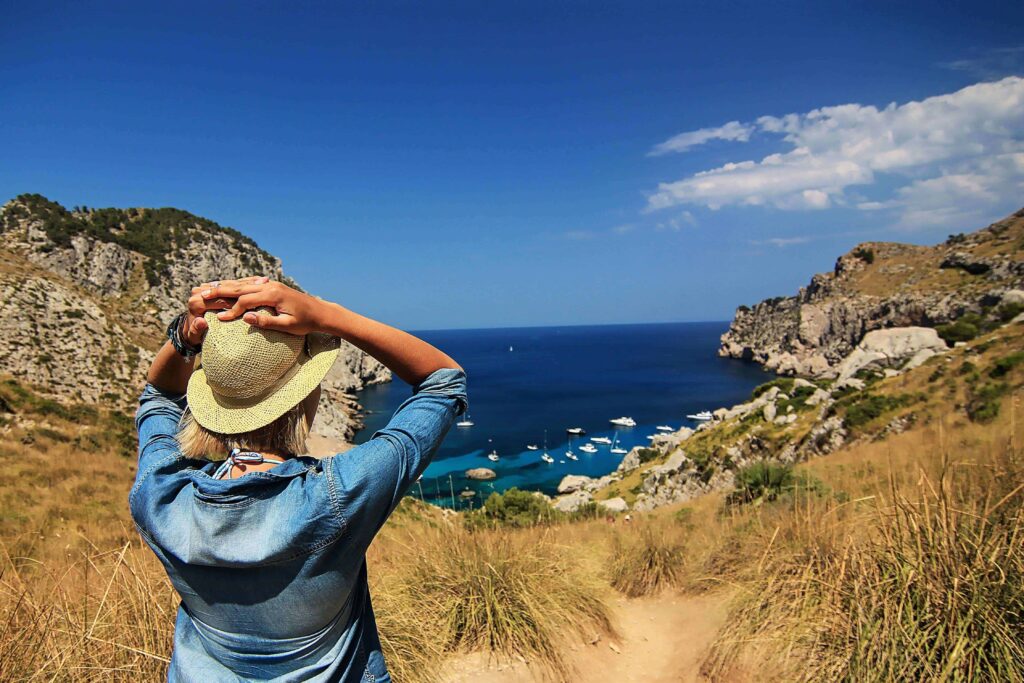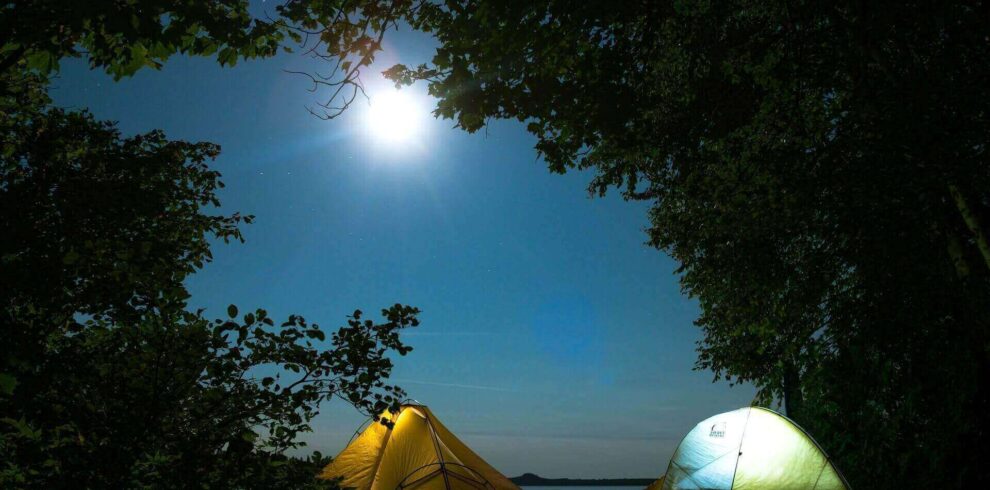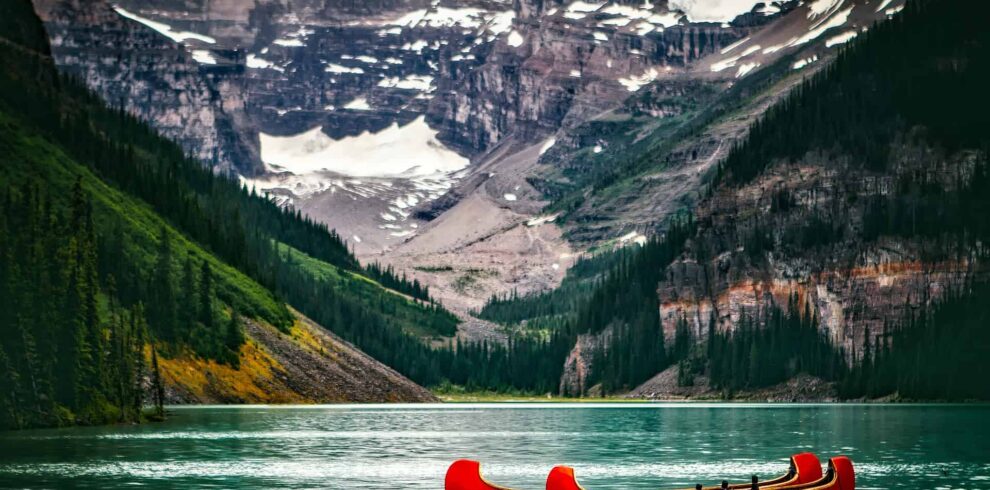Embark on the adventure of a lifetime with the Everest Base Camp Trek, a journey that takes you deep into the heart of the majestic Himalayas to witness the awe-inspiring beauty of the world’s highest peak.
Your trek begins in the bustling town of Lukla, where you’ll board a thrilling flight to Tenzing-Hillary Airport, famously known as one of the most dangerous airports in the world due to its short, sloping runway perched on a mountainside. From Lukla, you’ll trek through picturesque Sherpa villages, lush forests, and rugged mountain trails, immersing yourself in the rich culture and breathtaking scenery of the Khumbu region.
As you ascend higher into the Himalayas, the landscape transforms into a rugged alpine wilderness, with towering peaks, cascading glaciers, and icy rivers stretching as far as the eye can see. Along the way, you’ll pass through charming villages such as Namche Bazaar, the bustling heart of the Khumbu region, where you can rest, acclimatize, and soak in the vibrant local culture.
As you continue your trek towards Everest Base Camp, each day brings new challenges and rewards. You’ll navigate steep mountain passes, traverse high suspension bridges, and marvel at panoramic views of snow-capped peaks looming overhead. Along the way, you’ll have the opportunity to visit sacred monasteries, ancient stupas, and traditional Sherpa teahouses, gaining insight into the spiritual and cultural heritage of the region.
Finally, after days of trekking through some of the most rugged and remote terrain on Earth, you’ll reach Everest Base Camp, a barren expanse of ice and rock nestled at the foot of the mighty Mount Everest. Here, you’ll stand in awe of the world’s highest peak, surrounded by a panorama of towering mountains that stretch into the horizon.
As you make your way back down from Everest Base Camp, you’ll carry with you memories that will last a lifetime – the camaraderie of fellow trekkers, the breathtaking beauty of the Himalayas, and the indomitable spirit of adventure that drives us to explore the world’s most remote and awe-inspiring places.
Overview
Travel is the movement of people between relatively distant geographical locations, and can involve travel by foot, bicycle, automobile, train, boat, bus, airplane, or other means, with or without luggage, and can be one way or round trip. Travel can also include relatively short stays between successive movements.
The origin of the word “travel” is most likely lost to history. The term “travel” may originate from the Old French word travail, which means ‘work’. According to the Merriam Webster dictionary, the first known use of the word travel was in the 14th century.
It also states that the word comes from Middle English travailen, travelen (which means to torment, labor, strive, journey) and earlier from Old French travailler (which means to work strenuously, toil). In English we still occasionally use the words “travail”, which means struggle. According to Simon Winchester in his book The Best Travelers’ Tales (2004), the words “travel” and “travail” both share an even more ancient root: a Roman instrument of torture called the tripalium (in Latin it means “three stakes”, as in to impale).
Arrive at Tribhuwan International Airport, Kathmandu, you are welcomed by the team and then you will be transferred to your hotel. This trail goes through Ghorepani Poon Hill. Normally, the trek starts like Phokhara to Nayapul and ends like Phedi to Pokhara.
While early travel tended to be slower, more dangerous, and more dominated by trade and migration, cultural and technological advances over many years have tended to mean that travel has become easier and more accessible. The evolution of technology in such diverse fields as horse tack and bullet trains has contributed to this trend.
The Palace of Fifty five Windows: This magnificent palace was built during the reign of King Yakshya Malla in A.D. 1427 and was subsequently remodeled by King Bhupatindra Malla in the seventeenth century. Among the brick walls with their gracious setting and sculptural design, is a balcony with Fifty five Windows, considered to be a unique masterpiece of woodcarving.
Far far away, behind the word mountains, far from the countries Vokalia and Consonantia, there live the blind texts.
Separated they live in Bookmarksgrove right at the coast of the Semantics, a large language ocean. A small river named Duden flows by their place and supplies it with the necessary regelialia.
Even the all-powerful Pointing has no control about the blind texts it is an almost unorthographic life One day however a small line of blind text by the name of Lorem Ipsum decided to leave for the far World of Grammar.
The Big Oxmox advised her not to do so, because there were thousands of bad Commas, wild Question Marks and devious Semikoli, but the Little Blind Text didn’t listen.
When she reached the first hills of the Italic Mountains, she had a last view back on the skyline of her hometown Bookmarksgrove, the headline of Alphabet Village and the subline of her own road, the Line Lane. Pityful a rethoric question ran over her cheek.
The Trip Cost Includes
- Pick-up or Drop-off service from and to Airport(in our own vehicle)
- Transportation to and from!!
- Food all along the trip(Breakfast, Lunch, Dinner and a cup of coffee or tea) and accommodations during the trip in hotels with family environment
- Transportation, food, accommodation and insurance of Guide during the trip
- Down jacket, all-season sleeping bag, duffel bag and trekking map(in case if you don’t have your own. Down jacket, sleeping bag and duffel bag must be returned after completion of the trip)
- First Aid Medical Kit(Your guide will carry the Medical Kit but we also advise to bring yourself for your own use, as far as possible)
- All the required permits and paperwork
The Trip Cost Excludes
- International Airfare
- Visa Charges
- Hotel Expenses(In Kathmandu, some packages do include hotel expenses)
- Your travel and medical insurance
- Personal Expenses such as shopping, bar bills, hot shower, telephone, laundry, titbits etc
- Food and accommodations in Kathmandu
- Services not mentioned or not promised by the agent/agency
- Emergency expenses such as expenses on chartered helicopter.
Annapurna Base Camp is a Grade B or a moderately difficult trekking route. So any fit person can do this trek, even if you do not have any previous experience. You should be aware of what to expect and mentally prepare for it. Then, as long as you will to, you can.
On average, you walk about 4 to 6 hours per day. One or two days can be as less as 3hrs and one or two days can be as long as 7hrs.
The highest altitude reached is 4190m. This is the elevation of Annapurna Base Camp. ABC is the highest we will climb in this trek.
Yes, you can charge batteries en route. Charger should be brought. There are hot shower facilities as well. You may have to pay certain amount for both ($1-$2). Negotiate. Also, hot water facility could be free at lower elevation.
No. There are no ATMs on this trek route. You will have to draw enough cash in Pokhara or Kathmandu. There are a number of ATMs in these cities. Everything is paid in Nepali rupees. So money should be exchanged before the start of the trek.
Yes. Internet can be accessed in most places. Sometimes, there might be some technical problems. Internet in Nepal is not as fast as you are used to and at times you can just lose connection.
Not really. It depends on you. If you want, ABC trekking can be done independently. You could hire a guide and a porter by yourself instead of going through an agency or not hire a guide at all. Although, not having a guide can be a little problematic during off season.
It really depends on you. Is it your first time in Nepal? How confident are you of being able to find your way around? How pressed on time are you? If you go through an agency, it will be costlier but everything will be planned. You will only have to come, trek and return.
For Annapurna region, pay for guides range from $20 to $30 per day and porters take $15 to $25 per day.












